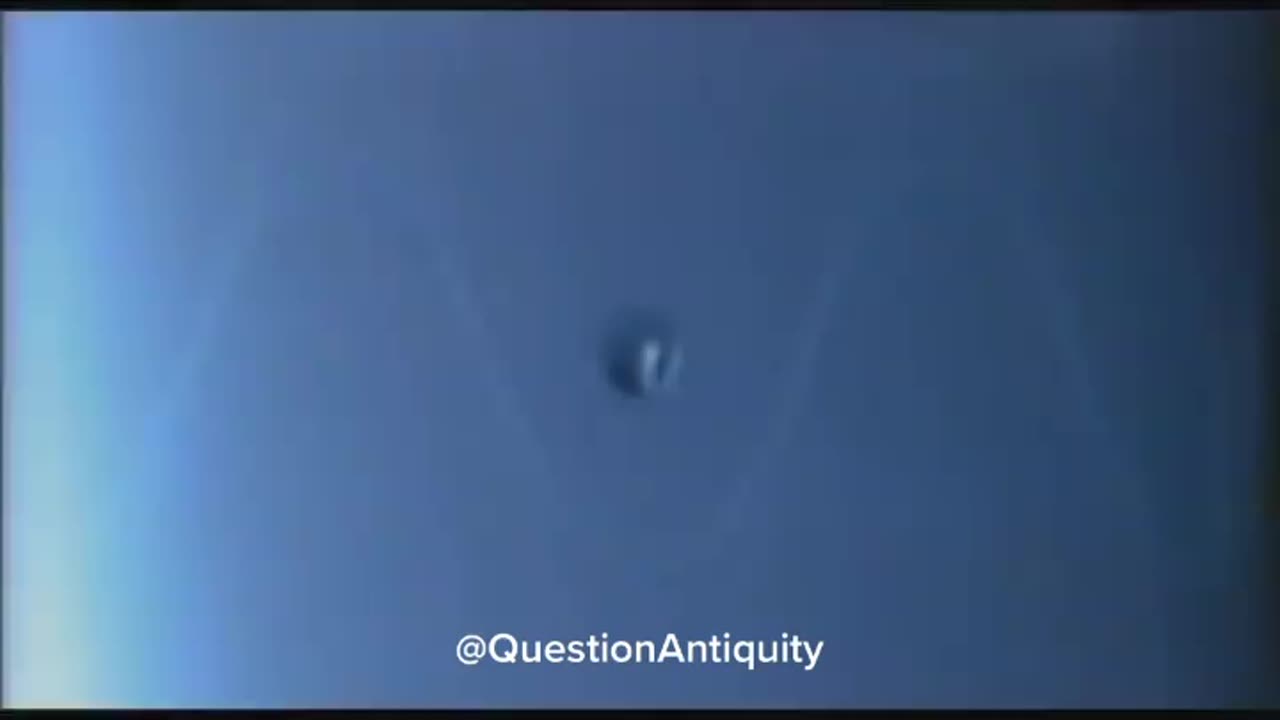Premium Only Content

What stars really are?
▫️A solar cell turns light from the sun into electricity. A car’s engine turns the heat of burning gasoline into mechanical motion. A battery turns electrochemical reactions into power. There are many types of energy transformation, but one of the most intriguing is sonoluminescence—a phenomenon in which bubbles turn sound into light.
Sonoluminescence was first observed in the 1930s, when photographic plate developers applied ultrasound waves (sound waves that we can’t hear) to photographic film and noticed that it became foggy. They discovered that bubbles had accumulated in the photography development liquid and suspected a connection between the fogged film and the bubbles.
The pressure that built up from the pulsing of the ultrasound waves generated bubbles in the liquid. In the moment before the bubbles popped, they absorbed energy from the ultrasound waves and emitted this energy as sub-second bursts of light. The light generated from this process, called multi-bubble sonoluminescence (MBSL), left behind small dots on the photographic film, causing it to appear foggy.
In further studies of sonoluminescence, scientists experimented with different parameters like the frequency of the sound waves and the pressure built up in the liquid. In the 1990s, one researcher tweaked the conditions to create one large bubble instead of many small ones. When this large, stable bubble absorbed the sound energy just before popping, it produced a series of bluish flashing lights. The strobe light persisted for several days, where each individual flash resulted from a cycle of the ultrasound wave. This process is known as single-bubble sonoluminescence (SBSL).
So, how exactly is energy from sound converted to light? Scientists are still grappling with this question, and many theories and models have been proposed. The most accepted model is the hot spot model, which suggests that the energy from the sound waves causes the gas inside the bubbles to become extremely hot, which could create light through two possible mechanisms. The first is that the gas molecules accelerate inside the bubble as they heat up, and right before the bubble bursts, this motion is given off as packets of light. The second is that the hot bubble emits light according to its temperature, similar to the way stars shine.
Scientists are interested in understanding more about the physical and chemical conditions inside a bursting bubble so that they can use sonoluminescence for exciting therapeutic, diagnostic and research applications. Ultrasound waves can penetrate deeply to reach tissues in the body that standard light sources can’t. Therefore, sonoluminescence could be used to generate bubbles in bodily fluids that produce light to activate drugs. In one study, researchers used sonoluminescence to switch on a light-triggered drug that targets cancer cells. The light emitted during the sonoluminescence process may also be used to image specific tissues of the body to help diagnose disease, according to the study.
Additionally, as the chemical conditions of the bubbles influence how much light is emitted during sonoluminescence, scientists can measure the light to gain insight into the chemical composition of the liquid. In one study, scientists observed a correlation between the amount of sonoluminescence and the quantity of argon and oxygen in various samples.
Although sonoluminescence isn’t ready for direct therapeutic or diagnostic use yet, it’s the subject of active research studies. Maybe another unexpected observation will yield an exciting new development in this bubbly science story.
.
.
.
.
.
#admiralbyrd #operationhighjump #firmament #innerearth #nasalies #hollowearth #antarctica #flatearth #northpole #admiralrichardbyrd #projectbluebeam #explorepage #tartaria #fyp #operationfishbowl #wanderingstars #tartary #matrix #freemasonry #antarctictreaty #freemason #illuminati #explore #nephilim #operationdeepfreeze #mudflood #conspiracy #flatearthers #sonoluminescence #conspiracytheory
-
 LIVE
LIVE
LFA TV
3 hours agoLFA TV ALL DAY STREAM - FRIDAY 8/29/25
4,615 watching -
 1:15:29
1:15:29
JULIE GREEN MINISTRIES
3 hours agoTHE GREAT WHITE WOLF NEXT TO YOUR PRESIDENT WILL SOON BE UNMASKED
59.4K139 -
 13:31
13:31
Adam Does Movies
20 hours ago $4.46 earnedAlien: Earth Episode 4 - Recrap
63.2K4 -
 9:02
9:02
Millionaire Mentor
18 hours agoCNN Host Left SPEECHLESS After Stephen Miller SHREDS Her Narrative
20.8K17 -
 2:01:39
2:01:39
BEK TV
1 day agoTrent Loos in the Morning - 8/29/2025
25.9K -
 LIVE
LIVE
Times Now World
4 hours agoLIVE News | “Diplomacy of Cannons Is Over” – Maduro Challenges Washington | Times Now World
850 watching -
 1:09:09
1:09:09
Dialogue works
1 day ago $1.25 earnedScott Ritter: NATO is FINISHED
14.8K6 -
 LIVE
LIVE
FyrBorne
13 hours ago🔴Warzone M&K Sniping: I Can Be Your Idol (For Sniping)
127 watching -
 LIVE
LIVE
The Real Tombliboos - Live Streaming
6 hours ago $0.38 earned🔴CHARITY DRIVE🔴12 HOURS🔴Extra Life Charity🔴#ExtraLife #extralife4kids - Round 1
91 watching -
 17:54
17:54
Dr Disrespect
21 hours agoDR DISRESPECT vs VAN DAMME in Hitman 3
96.3K11